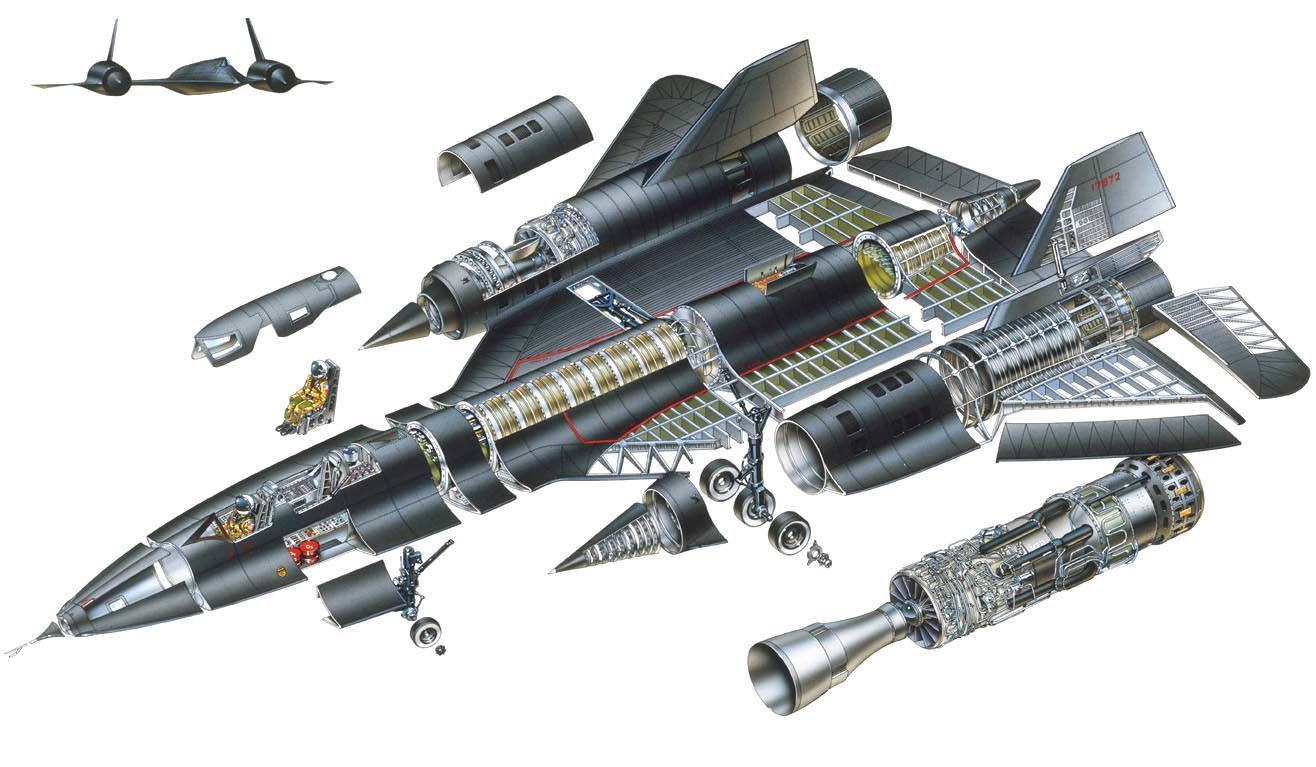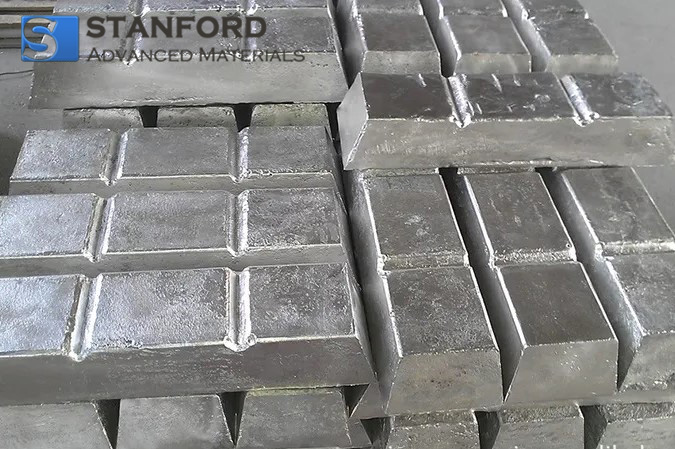Titanium Used In The Aerospace Industry
Titanium has a lower density than steel. Its stiffness is lower than that of steel, but significantly higher than that of aluminium. These properties make it suitable for many applications. High-performance bicycle frames and golf clubs are manufactured from titanium. Titanium containing 4% aluminium is used for surgical implants such as artificial joints. It is well tolerated by body tissue, resists corrosion and is strong without being overly stiff. This article concerns the use of titanium in the aerospace industry.

Although titanium is a commonly available metal, the development of its alloys only began in the late 1940s. The common ore TiO2 could not be directly reduced with carbon because carbides would form. An indirect chemical process was discovered. Initially, titanium oxide reacts with chlorine gas to form titanium tetrachloride, with carbon removing the oxygen. Then the titanium tetrachloride is reduced with magnesium. High temperatures are required for these reactions. Even after the metal became available, obstacles remained for its application. Molten titanium reacts with atmospheric oxygen or nitrogen. Consequently, new processing methods in inert atmospheres were required to replace traditional forging and machining techniques. Large quantities of oxygen make titanium strips brittle. However, titanium containing 0.3% oxygen is strong and is less pliable than pure titanium. Slightly higher amounts of these elements result in a hard metal suitable for jet engines.
Since the 1950s, titanium alloys have been developed in the aerospace industry. In this application, the mechanical properties, low density and corrosion resistance of titanium alloys are utilised. Airframe materials require high tensile strength, fatigue resistance and fracture toughness. Their high-temperature tensile strength, creep resistance and stability at elevated temperatures enable use in jet engines.
Titanium alloys serve as structural materials for modern aircraft and engines. They reduce the weight of the aircraft and increase structural efficiency. The payload of a spacecraft is relatively low compared to that of an aircraft, thereby making weight reduction of its structure more critical. Titanium alloys were used during the early Apollo programme and in the Mercury project. Fuel tanks and satellite modules are typical applications for titanium alloys. Titanium alloys are preferable to high-strength steels for use with fuel because they have lower weight, high strength and long-term chemical stability. For example, the alloy Ti-3Al-2,5V was developed for low-temperature applications. It demonstrates toughness and ductility under cryogenic conditions in space.
See also: How is titanium employed in aerospace?
Conclusion
We thank you for reading this article and hope that it has provided you with a better understanding of the titanium used in the aerospace industry. If you wish to learn more about titanium products, we recommend that you visit Stanford Advanced Materials (SAM) for further information.
Stanford Advanced Materials (SAM) is a global supplier of titanium products and has more than two decades of experience in the production and distribution of titanium materials. We supply products that meet the research and production requirements of our customers. We are confident that SAM will be your preferred supplier of titanium and business partner.

 Bars
Bars
 Beads & Spheres
Beads & Spheres
 Bolts & Nuts
Bolts & Nuts
 Crucibles
Crucibles
 Discs
Discs
 Fibers & Fabrics
Fibers & Fabrics
 Films
Films
 Flake
Flake
 Foams
Foams
 Foil
Foil
 Granules
Granules
 Honeycombs
Honeycombs
 Ink
Ink
 Laminate
Laminate
 Lumps
Lumps
 Meshes
Meshes
 Metallised Film
Metallised Film
 Plate
Plate
 Powders
Powders
 Rod
Rod
 Sheets
Sheets
 Single Crystals
Single Crystals
 Sputtering Target
Sputtering Target
 Tubes
Tubes
 Washer
Washer
 Wires
Wires
 Converters & Calculators
Converters & Calculators
 Write for Us
Write for Us

 Chin Trento
Chin Trento



